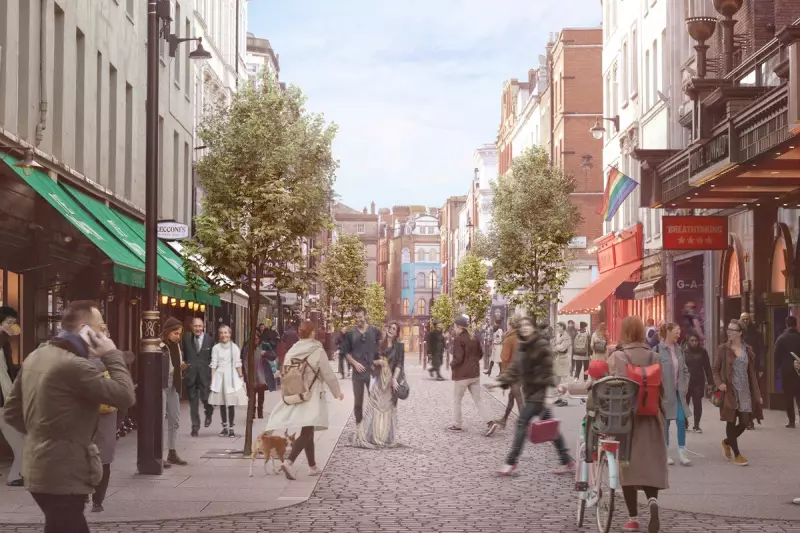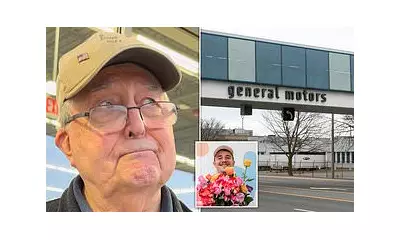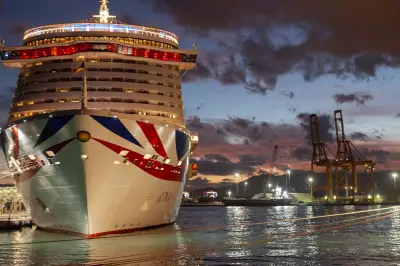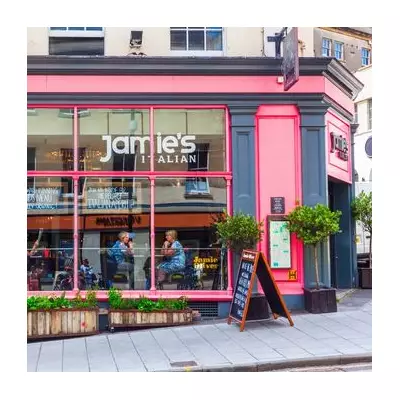
The heart of London's legendary gay village is beating with anxiety as transformation sweeps through Soho's historic streets. What was once a sanctuary for the marginalised now faces an identity crisis that threatens the very community that made it famous.
The Changing Face of a London Icon
Walk through Soho today and you'll witness a district in flux. The rainbow flags still flutter above Old Compton Street, but beneath them lies a community grappling with existential questions. Can London's most famous LGBTQ+ neighbourhood survive its own success?
The pedestrianisation schemes championed by Westminster Council promise cleaner air and safer streets. Yet many fear these very improvements are creating a polished, sanitised version of Soho that's pushing out the independent venues and diverse characters that defined its soul.
From Sanctuary to Commercial Paradise
"We're witnessing the slow death of what made Soho special," says a long-time resident who remembers when the area was a refuge for those rejected elsewhere. "The very streets that offered safety to generations of queer people are becoming unaffordable for anyone but corporate chains."
The statistics tell a sobering story. Dozens of iconic gay bars and independent businesses have vanished in recent years, replaced by high-end retail and chain restaurants. Those that remain operate under the constant pressure of rising rents and changing demographics.
The Pedestrianisation Paradox
While pedestrianisation brings undeniable benefits—cleaner air, reduced traffic danger, more pleasant public spaces—there's a growing concern about unintended consequences. The very improvements that make Soho more attractive also make it more commercially valuable, accelerating the rent increases that force out longstanding businesses.
"It's a cruel irony," notes a community organiser. "The measures designed to improve our neighbourhood are making it impossible for many of us to stay. We're being priced out of our own history."
Preserving More Than Just Buildings
This isn't just about preserving bricks and mortar. Soho represents living history—the struggles, triumphs and everyday lives of London's LGBTQ+ community. From the dark days of police raids to the vibrant celebration of equality, these streets have witnessed it all.
The challenge facing planners and politicians is profound: how to modernise without erasing, how to improve without excluding, and how to celebrate Soho's future without betraying its past.
As one long-time patron of Soho's gay bars puts it: "We're not just fighting for venues—we're fighting for memory, for community, for the right to exist in the spaces we made our own when nobody else would have us."





